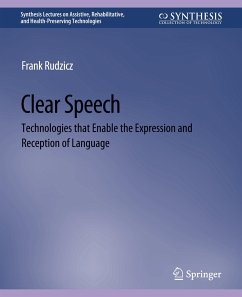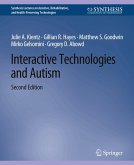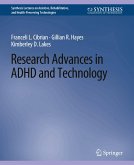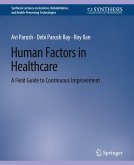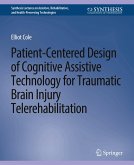Approximately 10% of North Americans have some communication disorder. These can be physical as in cerebral palsy and Parkinson's disease, cognitive as in Alzheimer's disease and dementia generally, or both physical and cognitive as in stroke. In fact, deteriorations in language are often the early hallmarks of broader diseases associated with older age, which is especially relevant since aging populations across many nations will result in a drastic increase in the prevalence of these types of disorders. A significant change to how healthcare is administered, brought on by these aging populations, will increase the workload of speech-language pathologists, therapists, and caregivers who are often already overloaded. Fortunately, modern speech technology, such as automatic speech recognition, has matured to the point where it can now have a profound positive impact on the lives of millions of people living with various types of disorders. This book serves as a common ground for two communities: clinical linguists (e.g., speech-language pathologists) and technologists (e.g., computer scientists). This book examines the neurological and physical causes of several speech disorders and their clinical effects, and demonstrates how modern technology can be used in practice to manage those effects and improve one's quality of life. This book is intended for a broad audience, from undergraduates to more senior researchers, as well as to users of these technologies and their therapists.
Bitte wählen Sie Ihr Anliegen aus.
Rechnungen
Retourenschein anfordern
Bestellstatus
Storno

